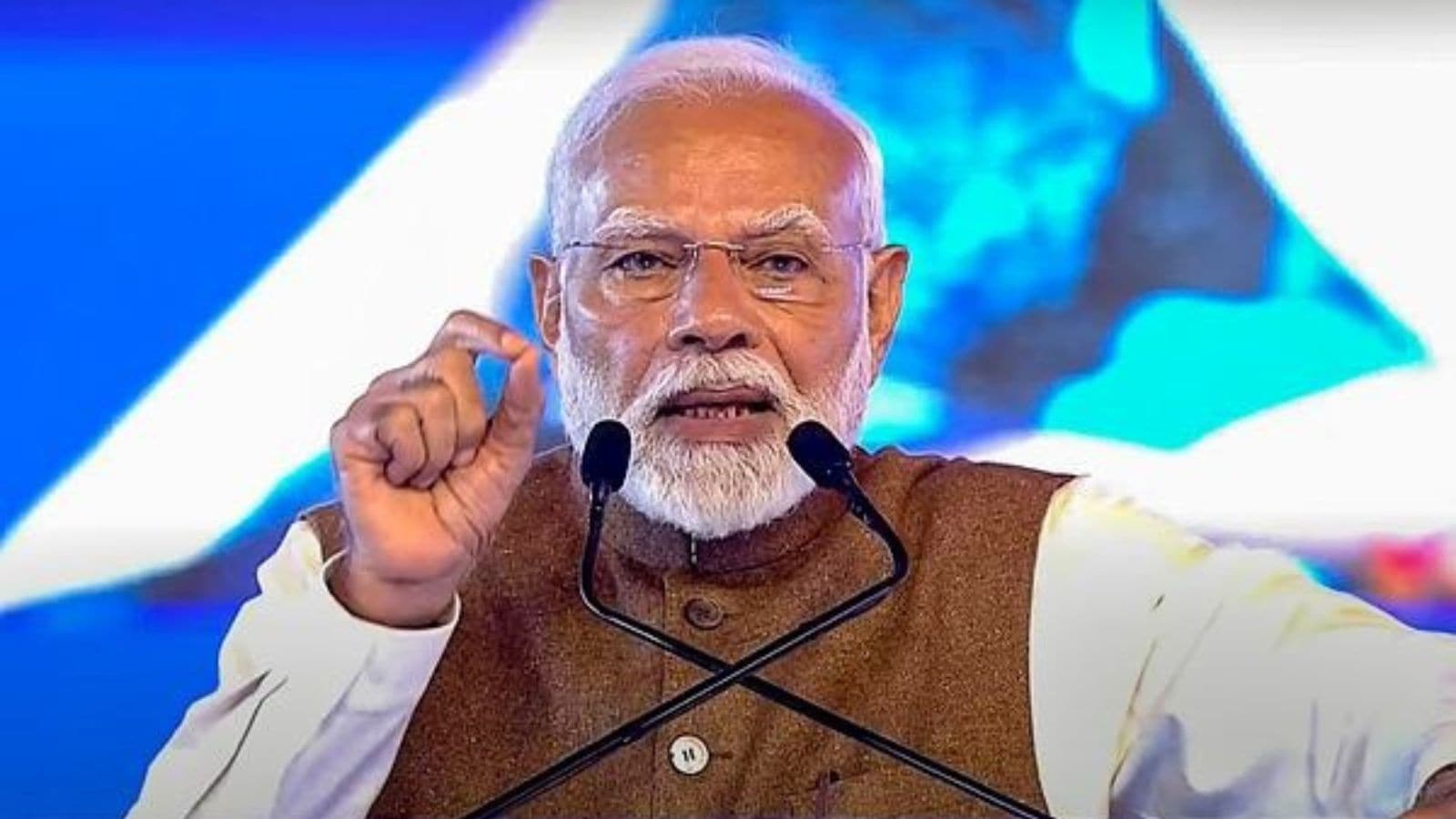 |
|
Prime Minister Narendra Modi's recent visit to Panipat, Haryana, marked a significant event in Indian politics and social policy. His address focused heavily on the launch of the Bima Sakhi Yojana, a scheme designed to empower women economically by employing them as insurance agents. This initiative, under the Life Insurance Corporation of India (LIC), aims to recruit 35,000 women with at least a class tenth education, offering them monthly earnings ranging from Rs 7,000 to Rs 21,000. The scheme's dual structure, incorporating a fixed income and a commission-based incentive, promises a significant financial boost for participating women. The ambitious goal is to employ 2 crore women nationwide, contributing significantly to the government's 'Insurance for All by 2047' objective. The scheme's success hinges on its ability to effectively reach and train women across diverse socioeconomic backgrounds, offering them not only financial independence but also valuable professional skills.
Beyond the immediate economic benefits, the Bima Sakhi Yojana underscores the Modi government's broader commitment to women's empowerment. This initiative aligns with other schemes, such as 'Lakhpati Didi' and 'Drone Didi,' designed to elevate women's economic standing and integrate them into various sectors. The 'Lakhpati Didi' scheme focuses on self-help groups (SHGs), aiming to boost the annual household income of 3 crore women above Rs 1 lakh. Meanwhile, 'Drone Didi' trains rural women to operate drones for agricultural purposes, opening up new opportunities in the burgeoning technology sector. The government's significant investment in these schemes, totaling Rs 8 lakh crore over the past 10 years, reflects its seriousness in achieving gender equality and inclusive growth. These initiatives also point to a larger shift in governmental strategy, moving beyond mere welfare schemes towards active empowerment and integration of women into the national economic mainstream.
Modi's visit also served as a platform to celebrate the BJP's consecutive electoral victories in Haryana. The Prime Minister described the BJP government's return to power as a testament to the people's faith in the party's development agenda. The 'double-engine sarkaar,' referring to the BJP's control over both the central and state governments, promises to accelerate the state's development threefold in its third term. This assertion reflects the BJP's confidence in its ability to deliver on its promises, particularly in regards to infrastructure development, economic growth, and social welfare programs. The emphasis on women's role in Haryana's development is particularly noteworthy, suggesting a continued focus on gender-inclusive policies that empower women to participate fully in the state's progress. This includes not only direct economic empowerment but also initiatives that address gender discrimination and promote female education, as evidenced by Modi's recounting of the 'Beti Padhao, Beti Bachao' campaign's origins in Panipat.
The success of the Bima Sakhi Yojana and the BJP's developmental agenda for Haryana depend on several factors. Effective implementation of the insurance scheme requires robust training programs, efficient outreach mechanisms, and ongoing support for the women employed as agents. The government must address challenges like financial literacy, access to technology, and overcoming traditional societal barriers that may hinder women's participation. For Haryana's development, sustained economic growth, infrastructure improvements, and effective governance are crucial. The state's ability to attract investment, create jobs, and improve its human capital will determine the success of the BJP's ambitious plans. Moreover, the long-term impact of these policies depends on the continued focus on women's empowerment, inclusive growth, and sustainable development. Only by addressing the systemic challenges and fostering a supportive environment can Haryana truly realize its development potential.
The event also highlights the intertwining of political messaging and social policy. Modi's speech cleverly combined the launch of a significant women's empowerment program with a celebration of the BJP's political success in Haryana. This strategic approach reinforces the party's image as a champion of women's rights and economic development, leveraging a successful social program to strengthen its political standing. This strategy, while effective in political communication, also raises questions about the potential for intertwining political interests with social programs. The long-term effectiveness of the Bima Sakhi Yojana will depend not only on its technical and financial feasibility but also on its insulation from partisan political considerations. Maintaining a clear distinction between the apolitical execution of social programs and the overtly political pronouncements surrounding them is crucial for ensuring the scheme’s enduring impact and sustainability.
Source: Haryana’s double-engine sarkaar will work at 3 times the speed in 3rd term: PM Modi in Panipat
